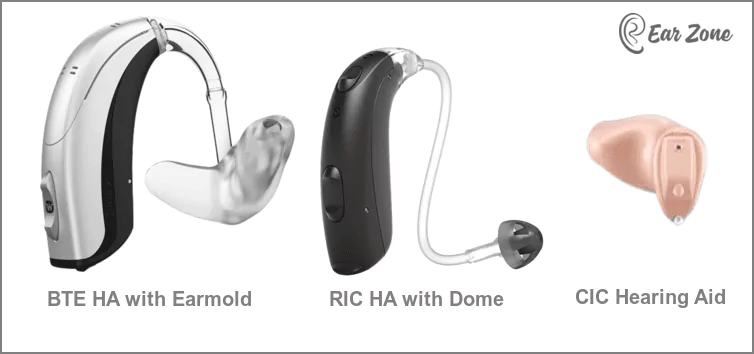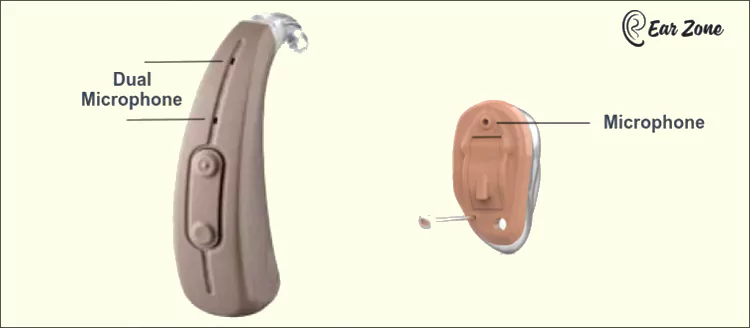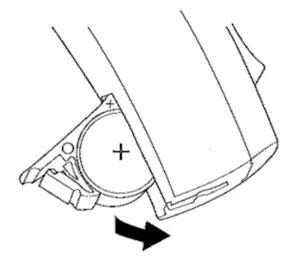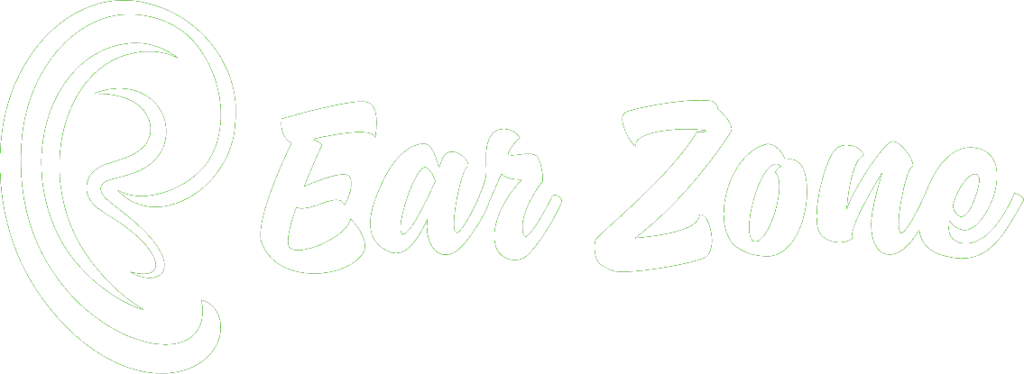As a hearing aid user, you are familiar with the functions of your hearing aid, but how familiar are you with the parts of your hearing aid? Knowing the important parts of a hearing aid or hearing aid components will help you to identify minor malfunctions and may save a trip to the service center. Every part of a hearing aid plays a specific and important role in delivering the clear and pleasant sounds you hear. In this article, we provide valuable information about the parts of hearing aids and their functions.
What Are the Main Parts of a Hearing Aid?
Irrespective of the style or type of hearing aid used, the four main parts of the hearing aid are:
- Hearing aid microphone
- Hearing aid amplifier
- Hearing aid receiver or hearing aid speaker
- Hearing aid battery
Other hearing aid parts also play an important role, and can be divided into visible external parts and hidden internal parts, which are within the housing or the hearing aid shell.
Hearing Aid Part Names – External
- Hearing aid shell
- Hearing aid earhook
- Hearing aid battery compartment
- Buttons and switches
- Earmolds or hearing aid domes
- Hearing aid wax guards
Hearing Aid Part Names – Internal
- Hearing aid microphone
- Hearing aid amplifier
- Hearing aid receiver or hearing aid speaker
By knowing the parts of a hearing aid and their functions, you can take better care of your hearing aids. Read our article on hearing aid maintenance for years of trouble-free performance.

Parts Of a BTE Hearing Aid
- Hearing aid shell or body
- Hearing aid earhook
- Hearing aid battery compartment
- Buttons and switches
- Silicon tube attached to the earmold
- Earmolds or hearing aid domes
RIC Hearing Aid Parts
Receiver in the canal hearing aids also known as RIC hearing aids are similar in shape to a BTE. The body of the RIC hearing aid is smaller than that of a BTE because the receiver (speaker) is not in the hearing aid but is placed in the ear.
- Hearing aid shell or body
- Hearing aid battery compartment
- Buttons and switches
- Wires with locking attachment enclosed in a thin silicon tube.
- Domes
CIC Hearing Aid Parts
A Completely in Canal (CIC) hearing aid is custom-made. An audiologist takes an impression of the ear canal and sends it to the lab for shell fabrication. The hearing aid components are then assembled within the shell
- Hearing aid shell or body
- Hearing aid battery compartment and faceplate
- Wax guard
The parts or components of all in-the-ear style of hearing aids are the same. Only the size of the hearing aid components may differ.
You are probably familiar with the external parts of the hearing aid; we will start with the internal components of the hearing aid and then go on to the external parts of the hearing aid and their functions.
Internal Parts of a Hearing Aid and Their Functions
Among the various components of a hearing aid, the following are important and are responsible for the quality of sound you hear.
The Function of the Hearing Aid Microphone
The hearing aid microphone picks up the speech and sounds and converts them into electrical signals. These electrical signals are then passed onto the amplifier.
Where Is the Microphone on a Hearing Aid?

The location of the microphone on a BTE or RIC hearing aid is on the upper or outer facing part of the hearing aid body. Some hearing aids have more than one microphone, which helps with noise cancellation and directionality.
The microphone of the in-the-ear type of hearing aid is on the faceplate, or the part facing out.
Importance of the Hearing Aid Amplifier
The amplifier can be considered the heart of the hearing aid. It amplifies the signal received from the microphone.
Your audiologist will refer to your audiogram report and feed the details of the hearing loss thresholds. The programming software calculates the amplification required at each frequency, and the amplifier will amplify the sound accordingly to compensate for your hearing loss.
The Role of the Hearing Aid Receiver
The hearing aid speaker is called a receiver. The receiver or speaker receives the electrical signal from the amplifier, converts the electrical signal to sound waves, and delivers them into your ears.
The receiver of the BTE and the in-the-ear type of hearing aids are placed within the body or shell of the hearing aid. The receiver of the RIC hearing aid is placed in the ear canal.
Hearing Aid Battery or the Power Source
Your hearing aid requires power to amplify the sound, and a small battery or button cell delivers the power. The size of the battery depends on the style or the type of the hearing aid you use. A high-power BTE will mostly have a battery of size 675 and a CIC will work on a battery of size 10.
Rechargeable hearing aids do not require regular battery replacement, as is done with single-use batteries.
External Parts of a Hearing Aids and Their Functions
As a hearing aid user, you must be aware of the external parts of your hearing aid.
Hearing Aid Shell or Hearing Aid Housing
If you are an IIC, CIC, or ITC hearing aid user, the outer body is known as a shell. The hearing shell is made of acrylic and contains the internal parts of the hearing aid. The hearing shell is molded in the lab according to the shape of your outer ear for a precise fit.

In the case of a BTE or RIC, it is known as a hearing aid housing or body. The housing is mostly made of ABS (acrylonitrile-butadiene-styrene) plastic.
Hearing Aid Earhook
The earhook is a part of the BTE hearing aid and is not a part of an RIC or an in-the-ear type of hearing aid. The BTE earhook is a hollow tube molded in the shape of a hook, made of silicone material and has two functions:
- To keep the BTE hearing aid in place so that the hearing should not fall off.
- To carry the sound from the receiver or speaker inside the housing to your ear.
Hearing Aid Battery Compartment
The hearing aid battery compartment is primarily a tray that helps insert the battery inside the hearing aid. Upon closing the tray, the battery makes contact with the metal strips inside, which carry power to the electronic circuit.

Earlier models of hearing aids had a separate on-and-off switch, but in most digital hearing aids, the battery compartment also serves as an on-and-off switch. Opening the battery compartment shuts off the hearing aid.
What Do the Buttons on My Hearing Aid Do?
The buttons and switches are hearing aid controls. Most BTE and RIC hearing aids have two buttons or switches. The press button is provided to change the listening program and a rocker switch is used to increase or decrease the volume.
Small hearing aids such as an IIC or a CIC, may not have buttons on the hearing aid, a remote control can be used to control the functions.
Digital hearing aids have multiple settings, called programs. Depending on the noise level, the program can be changed to provide better hearing.
The Significance of Earmolds and Hearing Aid Domes
Earmolds are an important part of hearing aids and play a significant role in the performance of your hearing aid. It is fabricated in the laboratory according to the shape of your outer ear or concha and is made of acrylic or soft silicone.

An earmold is necessary if the hearing loss is severe or profound. The earmold fits snugly and prevents sound from coming out. In the absence of an earmold, or if the fit is loose, the sound tends to leak, and the leaked sound results in a squealing sound or acoustic feedback.
If you have mild to moderate hearing loss, a standard hearing aid dome is sufficient.
The earmold or dome opening is often blocked by earwax, resulting in a low sound. please refer to our hearing aid maintenance tips on how to clean a hearing aid earmold.
Hearing Aid Wax Guards
If you are using an IIC, CIC, or ITC, you will be familiar with the wax guards. RIC models also have wax guards in the dome that cover the receiver. Hearing aid wax guards are an important part of a hearing aid as they prevent earwax from damaging the hearing aid receiver or speaker.
Wax guards cannot be cleaned and must be replaced periodically, depending on your use and the amount of earwax your ear produces. Read how to remove the wax guard from a hearing aid.
Understanding the important parts of a hearing aid is crucial for maintaining your hearing aid and ensuring optimal hearing performance.




